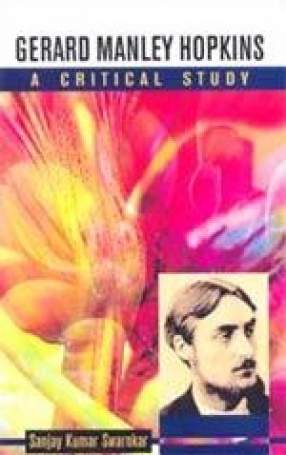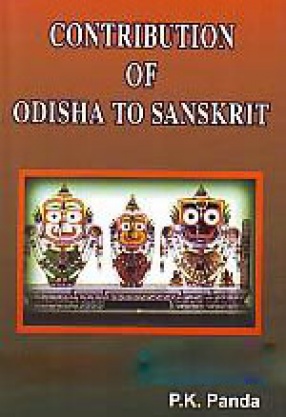The present book, Gerard Manley Hopkins: A Critical Study, aims to introduce the readers to the universally acknowledged English poet G.M. Hopkins. Although not recognized in his times, his popularity has increased with the passing of years and today his poems are held in high esteem. His concept of poetry and poetic diction of poetry and poetic diction distinguished him from his contemporary Victorian poets. He has been held by many as belonging more to the twentieth century than the nineteenth, owing to his technical innovation and intense style. In his poetry, the rhythm of the verse has been perfectly fused with the flow and varying emphasis of spoken language. In fact, Hopkins skillfully united the rhythmical freedom of the Middle Ages, the religious intensity of the early seventeenth century, the responses to nature of the early nineteenth century in challenging conventional encumbrances in poetic form. The present book makes an in-depth study of all the aspects of poetic art of Hopkins. Since Hopkins’ poems have been considered by many students of English literature as difficult to analyse, the book aims at providing a complete analytic exposition of his major works so as to induce interest in readers by enabling them to have an easy understanding of his poetic style and works. Beginning with a biographical sketch of the poet, the book elucidates his theory of Poetry. His concepts of ‘inscape’, ‘instress’, and’ sprung rhythm’ have been much discussed. The book acquaints the readers with Hopkins’ treatment of nature which has always been the background of his poems. A critical analysis of his poems is another attraction of the present book It is hoped that the book would be highly useful to the students and teachers of English literature. It will encourage the general readers to read the masterpiece4 works of G.M. Hopkins.
Contribution of Odisha to Sanskrit
$27.00
$30.00





There are no reviews yet.